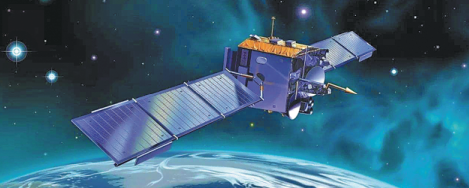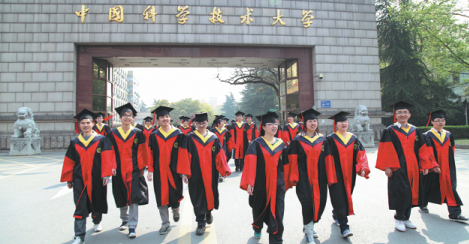The University of Science and Technology of China is well-known for its goal of "building a globalized academy and nurturing worldwide talent", as proposed by its former president Yan Jici in 1988.
Ever since USTC was established in 1958, cultivating a "task force for science and technology" has been its top priority. Over the years, it has created rigorous teaching and learning styles with its own characteristics.
By upholding its fine traditions and adhering to the laws of education, USTC persists in high-quality school management while cultivating top talent with independent thinking. The university has 16,245 gifted students and 2,050 academic staff members, providing customized programs and exceptional extracurricular activities for all students.
For undergraduate studies, USTC adheres to its principle of nurturing top talent in cutting-edge, interdisciplinary science and technology. Its undergraduate training has been maintained at an appropriate scale to ensure educational quality. In 1958, it enrolled 1,634 students. Over the years, the university has controlled the scale of undergraduates to less than 2,000 each year. In 2000, the undergraduate system of USTC was changed from five years to four years of study.
For graduate studies, USTC set up the country's first graduate school in 1978.
Over the years, the number of graduate students has grown moderately. In 2009, it explored a new type of flexible academic system for graduate students, who can continue their studies at work after completing basic credits. Currently, it has 5,641 graduate students and 3,651 PhD candidates.
For pioneering work, USTC set up the country's first Special Class for the Gifted Young in March 1978. This was based on the suggestion of Professor Tsung-dao Lee, a Nobel Prize laureate in physics. It later developed into the School of the Gifted Young, growing in both size and recognition as a premier honor program in Chinese academia. For innovative approaches, USTC has implemented a "combination of school departments with research institutes" ever since its establishment. It has invited famous scientists from research institutes under the Chinese Academy of Sciences to take up leading posts in its school departments. This feature has continued up to this day.
In the past 62 years, USTC has provided a wide range of opportunities to help students develop a global perspective. It has earned its international reputation by collaborating with more than 210 top universities and research organizations all over the world, as a way to comprehensively promote its international development.
In 1978, when China's reform and opening-up policy was adopted, USTC invited Chinese American physicist C.N. Yang, a Nobel Prize winner, to visit the school. Since then, hundreds of overseas scholars have been invited to the school every year, while a large number of young teachers are sent overseas for further studies. In the same year, teachers Xu Zizong and Yang Baozhong from the Department of Modern Physics went to Germany to participate in the international high-energy physics cooperative research led by Samuel Chao Chung Ting. This was the first scientific research team sent by China to a Western country.
In April 2017, USTC established its International College to drive the internationalization of talent cultivation through the internationalization of scientific research. Currently, there are 737 international students at the university, more than 72 percent of them being PhD candidates.
A total of 1,774 foreign experts from 46 countries and regions visited USTC for research and teaching in 2019. Meanwhile, 2,104 students participated in the USTC Study Abroad program of 2019.
Of the 140,000-odd graduates nurtured by USTC since 1958, 84 have been elected academicians of CAS and the Chinese Academy of Engineering. Numerous USTC alumni have become world-renowned scientists and entrepreneurs. Now USTC alumni are stationed all over the world.

Mozi, the world's first quantum satellite, is developed by the University of Science and Technology of China. CHINA DAILY

A group of newly graduated students walk through USTC's main gate. CHINA DAILY

The architecture of materials science research building reflects the modern nature of the university. CHINA DAILY
By YUAN SHENGGAO | CHINA DAILY | Updated: 2020-12-24 00:00
https://epaper.chinadaily.com.cn/a/202012/24/WS5fe3c5f6a31099a234352c03.html